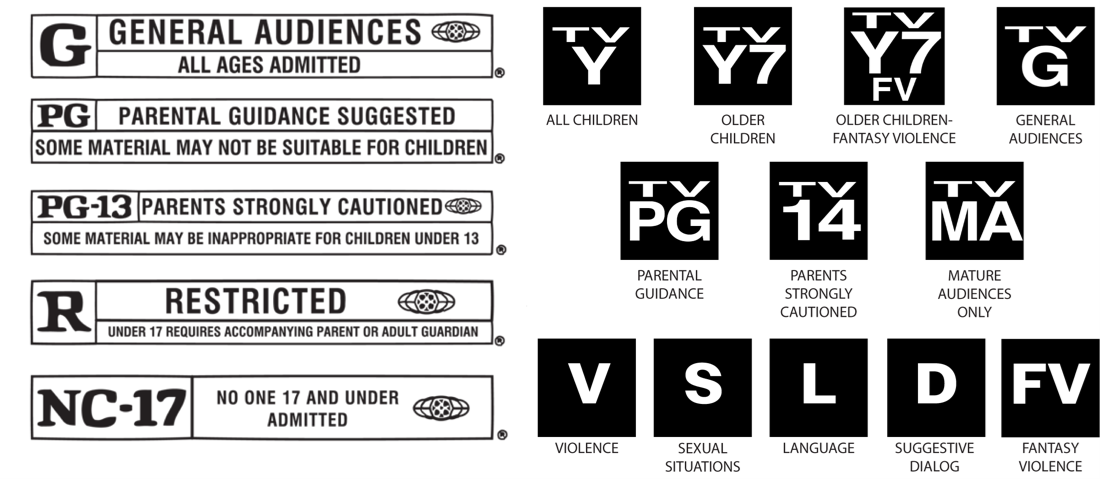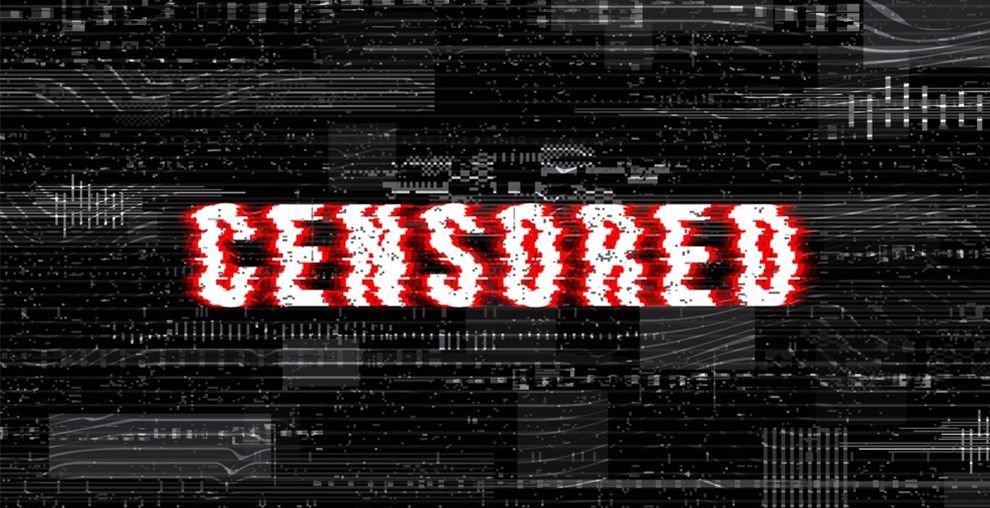Disney Edits Latest Star Wars Film for Singapore
Disney recently removed a LGBTQ+ moment from “The Rise of Skywalker” in Singapore, leaving many confused why the media company would make this kind of decision. The answer itself is simple: Disney did this to ensure a lower age rating for the film in its Singaporean markets. This edit translated directly into a wider distribution of the movie and a larger audience. In short — Disney earned more eyes on that film and it was able to better protect its brand in that market. Disney made sure it was not seen as irreverent of local customs or bring any doubt to its kid-friendly, family-focused brand in Singapore. And, as for the Southeast Asian country itself, LGBTQ+ rights have long been a hotly controversial topic despite growing progressive movements within Singapore’s traditionally conservative politics.
While the choice on Disney’s part to remove the scene may be controversial in the eyes of some, it’s important to recognize the business rationale for adjusting content to respect local regulations and cultural sensitivities, while also acknowledging the differences in each culture that calls for such actions. And, in this case? While the seemingly strict crackdown occurred, the removal of the short scene had a positive outcome on the financial and brand successes of “The Rise of Skywalker” in Singapore. For a global company like Disney, its brand is paramount to its success, no matter the territory or region, and cuts like this are commonplace in the industry.
How could this scene have impacted the Disney brand, though? It’s cut and dry — Singaporean censorship rulings firmly state that any film containing LGBTQ+ themes or content may completely be restricted to viewers 18 years of age and above, while any films focusing on homosexuality face harsher scrutiny and may be subject to a 21 and over rating. If the film had been left as is, it automatically would have received an 18 or even 21+ rating in Singaporean markets, due to featuring material that many Singaporeans aren’t comfortable viewing for themselves or for their families. By virtue of removing several seconds of film not integral to the movie plot, the maturity rating completely changed (receiving instead a PG-13 rating for violence) and allowed a much wider audience to be able to pay for, attend and enjoy a film they otherwise would not have been able to. This was a deliberate move on Disney’s part, rather than some last-minute effort or mistake.
Regardless of Singapore’s specific laws, many have said this removal disenfranchises LGBTQ+ representation, and even J. J. Abrams stated in an interview , “In the case of the LGBTQ community, it was important to me that people who go to see this movie feel that they’re being represented in the film.” Others have said that it doesn’t matter that those few seconds were removed, as many viewed the scene as a simple ‘throwaway’ that did not push the envelope or give people from the LGBTQ+ community the representation they wanted or deserved. With many saying it was a step back for LGBTQ+ representation in film rather than a step forward, multitudes of voices on the internet have since called for openly LGBTQ+ characters in future Disney productions instead of relegating the representation to background characters.
Content providers today distributing their titles internationally are often faced with the similar challenge of balancing storytelling and statistics, the integrity of their film with the profits of their franchise, and importantly, the physical distribution of their title within regions that may find some parts of it contentious. Many studios, as a result, elect instead to respect local laws and ensure their films are culturally appropriate so they have the ability to reach the widest market, impact the biggest audience and make the most money. Even just knowing when or where to change a small scene or remove a single frame in a region-specific compliance edit could allow the film to be seen by hundreds of thousands more viewers, and in some markets, even millions.
This example of Singaporean censorship serves as a shining example for how being culturally compliant can be good for business and a brand, while also serving to stress the importance of executing that cultural compliance as openly and tactfully as possible.
Related Posts


SILICON VALLEY
2336-H Walsh Ave.
Santa Clara, CA 95051
+1(408) 550-2344
LOS ANGELES
3900 W Alameda Ave.
Burbank, CA 91505
+1(310) 496-7307









